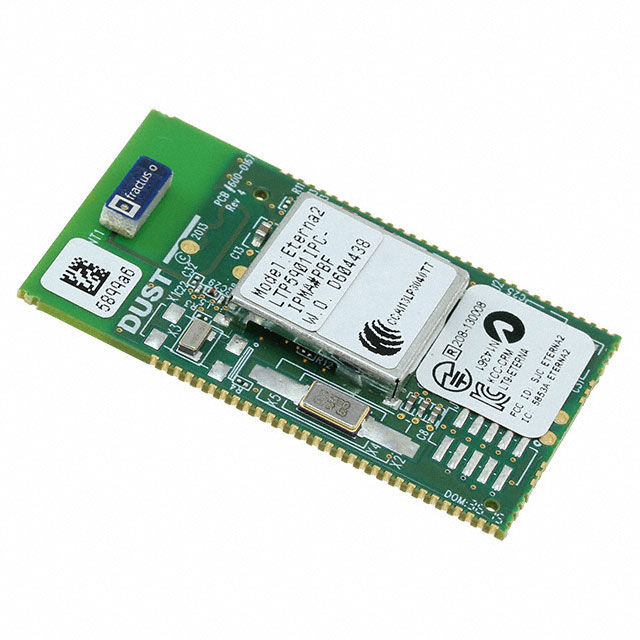Why Are LED Emitters – Infrared, UV, Visible So Vital in Cutting-Edge Technologies?
- joddiemarshall6
- Jun 24
- 3 min read
Understanding LED Emitters and Their Light Spectrum Capabilities
Modern industries rely on highly efficient and application-specific light sources to meet growing technological demands. Among the most versatile are LED Emitters – Infrared, UV, Visible, which offer tailored spectral outputs to suit a wide range of use cases. These compact, durable, and energy-saving components power everything from proximity sensors and UV sterilisers to architectural lighting and automotive displays. Their precision and adaptability make them indispensable in today’s electronics-driven world.
What Sets Infrared LED Emitters Apart?
Infrared LED emitters emit light in the range beyond visible red, typically above 700 nanometers. Though invisible to the human eye, IR LEDs are instrumental in sensing, communication, and heat-based applications.
Notable Features of Infrared LEDs:
Operate with minimal power consumption
Effective in low-visibility and nighttime conditions
Suitable for wireless communication and heat-based applications
Highly reliable with extended service life
Popular Applications of IR Emitters:
Proximity and motion detection in smartphones and security systems
Thermal imaging and medical diagnostics
Remote controls for electronic appliances
Optical data transfer in communication devices
Surveillance systems with night-vision capabilities
Why Are Ultraviolet LED Emitters Critical in Precision Tasks?
UV LED emitters operate in the ultraviolet spectrum, ranging from 200 nm to 400 nm. They are classified into UVA, UVB, and UVC, each with its wavelength and specialized uses. Unlike traditional mercury lamps, UV LEDs are environmentally safer and offer instant-on performance.
Core Advantages of UV LED Emitters:
Mercury-free and eco-friendly alternative
Rapid start-up with precise wavelength targeting
Compact design for integration into modern systems
Safe for sterilization and chemical-free disinfection
Common Uses of UV LEDs:
Disinfection of air, water, and surfaces in healthcare and food industries
Adhesive curing and resin hardening in electronics manufacturing
Counterfeit detection and forensic inspections
Biological analysis and fluorescence microscopy
UV printing and ink curing systems
What Makes Visible LED Emitters the Backbone of Modern Lighting?
LEDs that emit light in the visible spectrum (400–700 nm) have revolutionized the way lighting is used in daily life and commercial environments. These LEDs are engineered for precise color rendering, energy savings, and flexible design.
Advantages of Visible Light LEDs:
Wide selection of colors and brightness levels
Superior energy efficiency compared to incandescent bulbs
Long operational life and reduced maintenance costs
Cool operation temperature enhances safety and longevity
Widespread Applications of Visible LEDs:
General illumination in residential, industrial, and street lighting
Automotive lighting including headlights and signal indicators
Backlighting in mobile devices, televisions, and monitors
LED signage and digital displays
Decorative and ambient lighting in architectural settings
Which Technical Aspects Should Be Considered When Selecting LED Emitters?
Choosing the right LED emitter depends on the application's technical and environmental demands. Here are some critical factors to guide your selection:
Spectral Output: Ensure the emitted wavelength fits the application's needs
Beam Angle: Choose narrow or wide beams based on target area
Power and Voltage Rating: Match with the intended circuit or driver
Thermal Management: Ensure proper heat dissipation for long-term use
Durability and Compliance: Look for certified emitters for industrial reliability
Package Size and Footprint: Important for compact and embedded designs
How Do LED Emitters Enable Smart and Sustainable Systems?
LED emitters are at the heart of emerging technologies where precision, efficiency, and miniaturization are essential. Their integration with IoT systems, automation, and AI-powered devices is accelerating their adoption in smart infrastructure and sustainable applications.
Key Areas Where LED Emitters Excel:
Touchless sensing in modern appliances and sanitation devices
UV-C disinfection systems in portable healthcare solutions
Biometric identification using IR facial recognition modules
Agricultural grow lights using specific wavelengths to enhance plant growth
Energy-efficient lighting in smart cities and green buildings
How Are Industries Transforming With LED Technology?
From clean technology to wearable innovations, the integration of IR, UV, and visible LED emitters is shaping futuristic solutions. Their role is not only functional but also strategic—enabling industries to reduce operational costs, improve safety, and drive innovation.
Emerging Industry Trends Influenced by LED Emitters:
UV-C LED development for virus and bacteria inactivation
IR-powered touchless sensors in public infrastructure
Smart LED lighting with dynamic control for color and temperature
Miniature LEDs in wearable health monitors and AR/VR systems
LED arrays for optical sensors in autonomous vehicles
Conclusion: Why Are LED Emitters Indispensable in Today’s World?
Whether it's for seeing in the dark, disinfecting surfaces, or lighting up a smart city, LED emitters across the infrared, ultraviolet, and visible spectrums have become essential. Their efficiency, accuracy, and adaptability make them the ideal light sources for forward-thinking applications.
Investing in quality LED emitters ensures not only performance but also long-term reliability. As industries continue to innovate, these components will remain at the core of solutions that are safer, faster, and smarter. For anyone building next-generation products or upgrading current systems, understanding the value of each LED spectrum is key to engineering excellence.



Comments